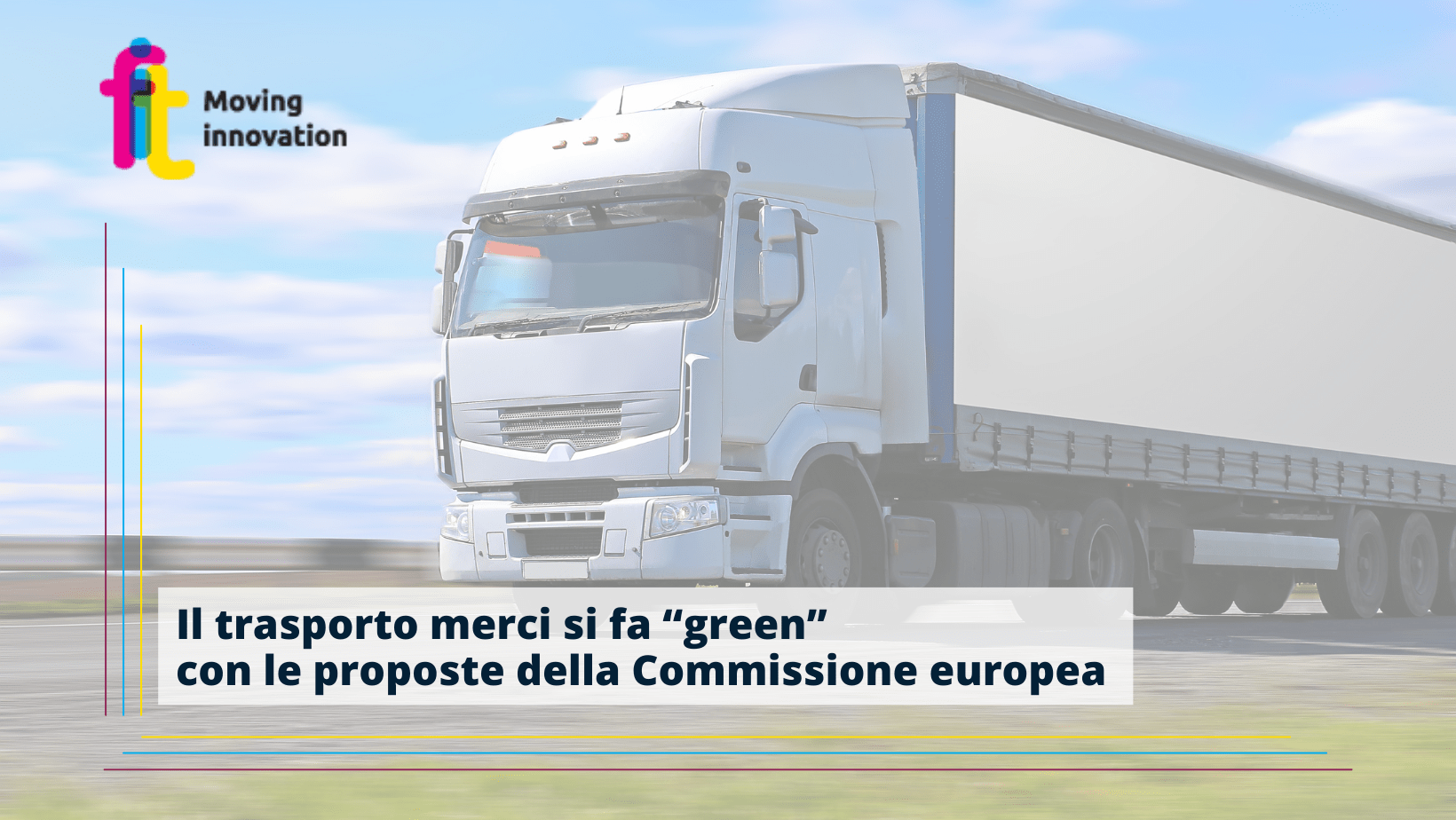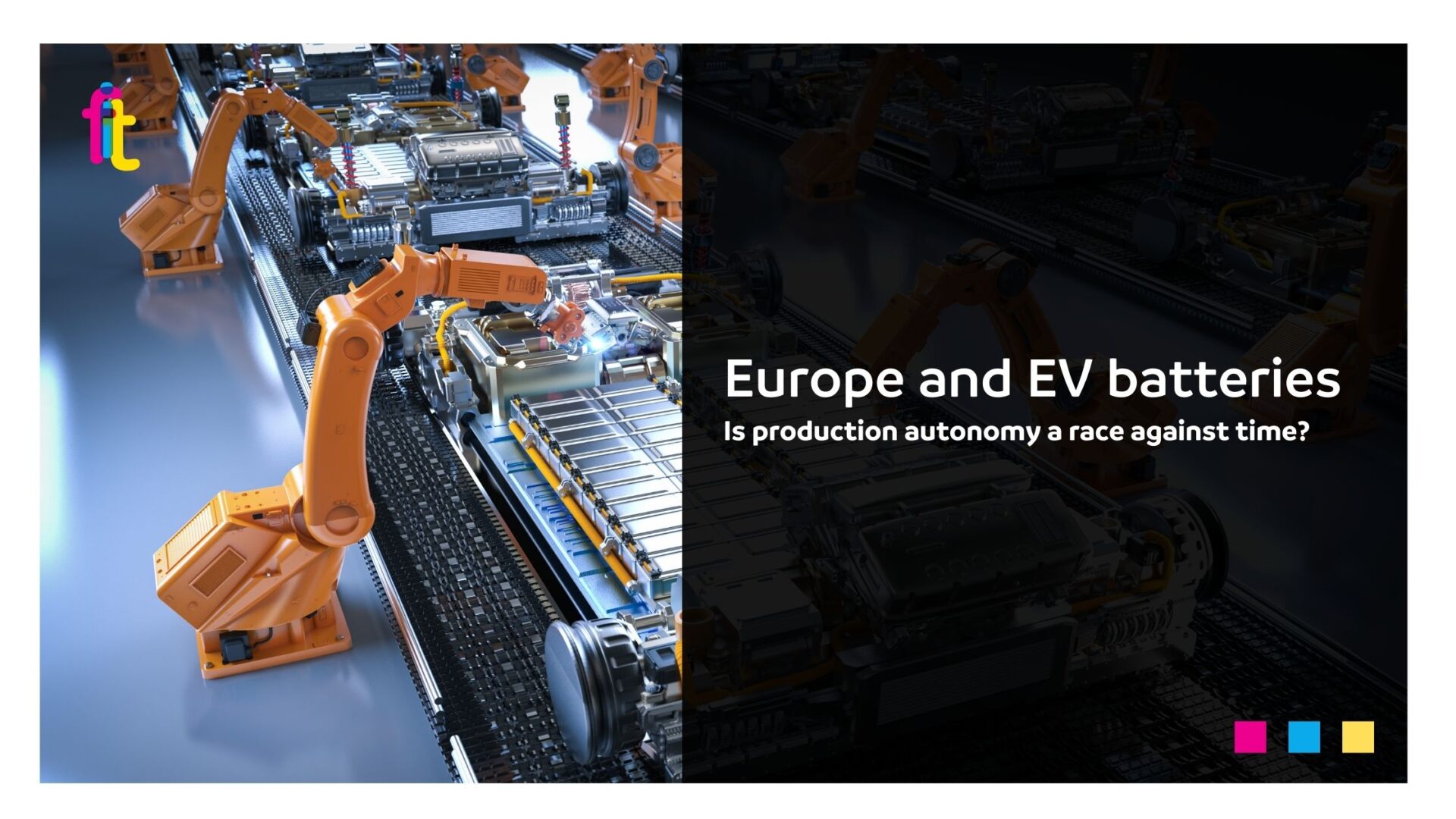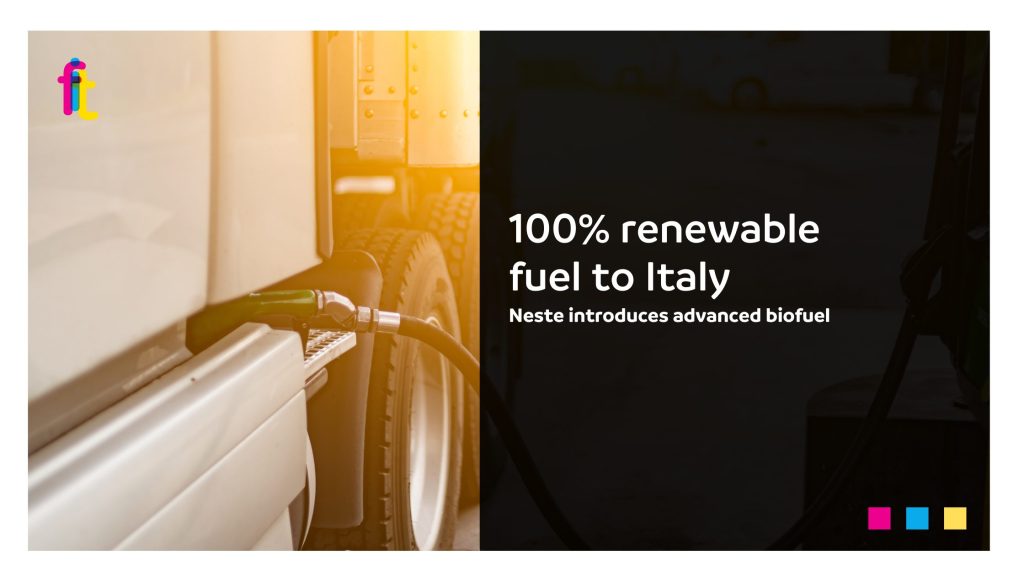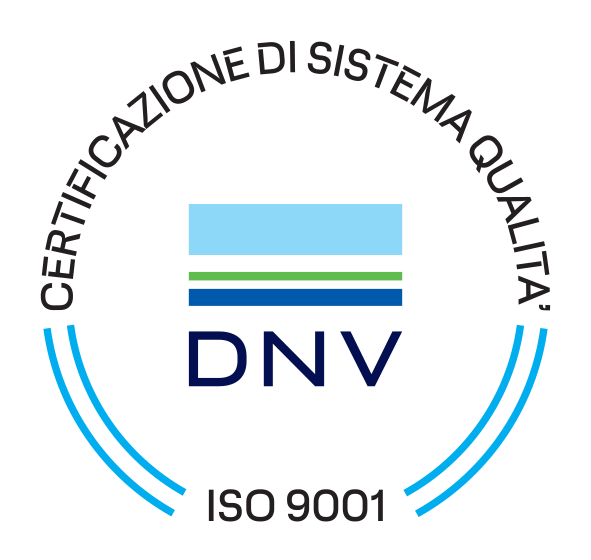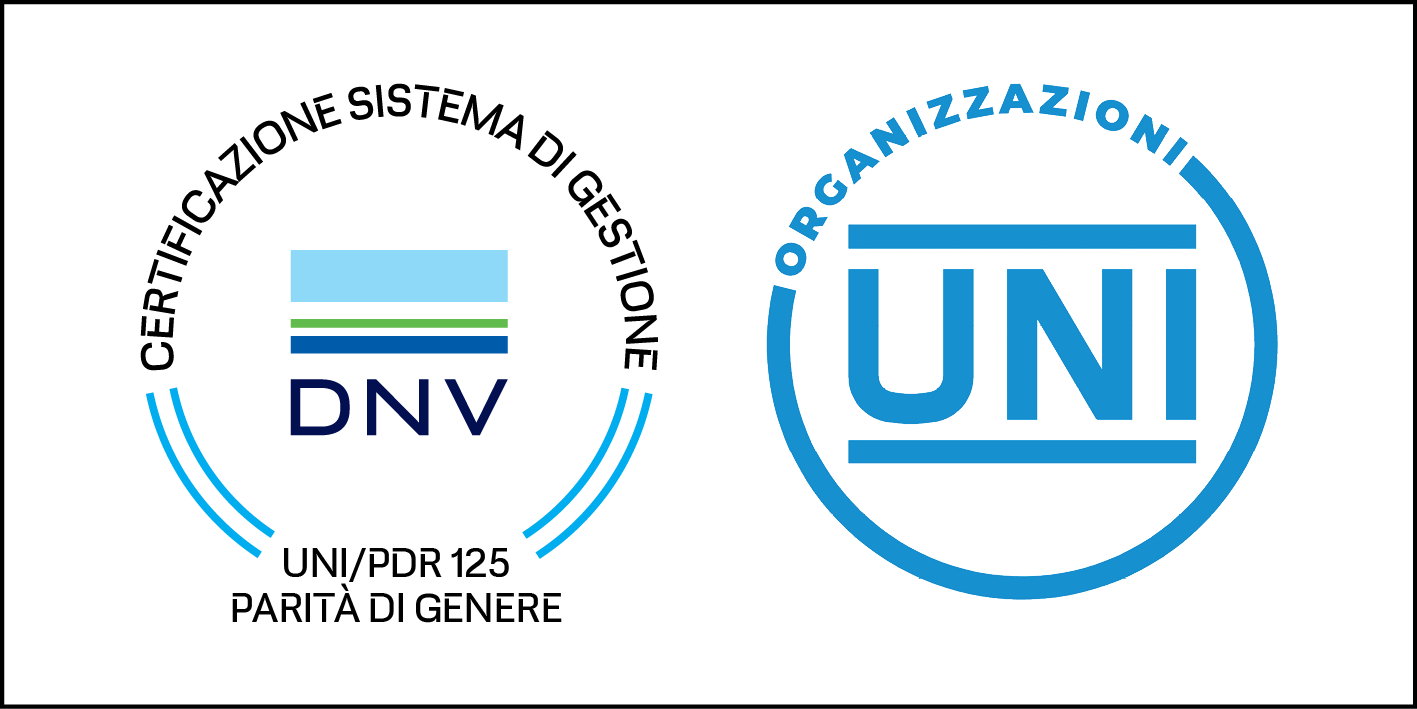“Every day billions of goods travel on Europe’s roads and rail tracks, from ports and customs crossings to shops and our homes. The European Commission’s proposals will help bring more zero-emission trucks onto the roads and ensure that goods are handled in the most sustainable way possible, regardless of the means on which they travel”. This is how Frans Timmermans, Executive Vice-President for the European Green Deal, recently commented on the impact of the measures proposed by the Commission to make the transport sector more efficient and sustainable.
Measures that, more specifically, provide for the improvement of railway infrastructure management, l’offering more incentives to low-emission trucks and, finally, the optimisation of the sharing of information on greenhouse gas emissions of goods. The ultimate goal is known: a 90% reduction in transport-related emissions by 2050, as envisaged by the European Green Deal.
Today, the transport sector is in fact one of the largest contributors to global greenhouse gas emissions, accounting for 16% of the total. This figure is around 25% in Italy. Within the sector, the largest contributor is road freight and passenger transport, which accounts for 92 per cent in Italy and 75 per cent globally (ISPRA data 2021). In the European Union, more than 50 % of goods are transported by road. It is therefore clear and logical that in order to reduce the sector’s impacts in terms of emissions, infrastructure must be developed to relieve road traffic by increasing the movement of goods and people by rail. This brings into play the role of infrastructure, which is essential to bring about the decarbonisation of transport quickly and effectively. However, it is also necessary to think about measures to reduce the impact of road transport, which, in any case, will not cease to represent an important part of the industry.
Based on these assumptions, the regulation proposed by the Commission aims to optimise rail transport by improving cross-border coordination and increasing punctuality and reliability of connections, thus attracting more freight transport companies to this mode of transport. The proposal for a regulation on the use of railway infrastructure in the single European railway area is therefore based on the timetable rescheduling project promoted by the industry. The aim is to respond better to the different needs of the rail sector: stable timetables and advance ticket reservations for passenger services and flexible train movements adapted to ‘just-in-time’ supply chains for shippers, so as to favour intermodal transport.
As anticipated, however, 50% of goods are transported by road today. This calls for a necessary reflection on how to decarbonise the road transport sector. The solution proposed by the Commission therefore concerns the revision of the current regulations on maximum length, width and height for heavy vehicles in order to allow additional weight for vehicles using less environmentally impactful technologies. By providing an additional height, the aim is to facilitate the transport of large-capacity containers – the so-called ‘high cube’ – with standard vehicles. “Once the technology has developed and zero-emission propulsion systems have become lighter,” reads the Commission’s website, “including through the use of aerodynamic devices and cabs, the spread of which will be encouraged, cleaner vehicles will benefit from an additional payload compared to conventional trucks.
But that is not all. The proposal also undertakes to provide clear indications regarding the use in cross-border traffic, under certain conditions, of heavier and longer vehicles, which are currently already permitted in some Member States. “The proposal,” it says, “makes it clear that Member States in whose territories European modular systems (EMS) are authorised will also be able to use these systems for international operations between neighbouring Member States, even in the absence of bilateral agreements and without conditions requiring the crossing of a single border. The same amount of goods can thus be transported in fewer journeys’.
Finally, regarding the sharing and exchange of information on transport-related pollutant emissions, the Commission proposes a common methodological approach so as to “allow companies to calculate their greenhouse gas emissions if they decide to publish this information or are obliged to share it for contractual reasons”. In particular, the proposed methodology ‘is based on the recently adopted ISO/CEN standard for the quantification and reporting of greenhouse gas emissions from the operation of passenger and freight transport chains’.
On the one hand, logistics operators will be put in a position to evaluate their services on a solid data base and, consequently, implement strategies and approaches to optimise them also from an environmental point of view. On the other hand, it opens up the important topic of consumer awareness of the impact that different transport options for the delivery of goods, e.g. ordered online, have on the environment, so that consumers can make an informed choice on the basis of real needs as to which type of transport they require. A solution, therefore, to what has repeatedly been defined as ‘the logistics of whim’, i.e. based not on real needs but on the desire to receive a good ordered via eCommerce as quickly as possible, leaving aside assessments of the impact that such choices have, both environmentally and organisationally.

